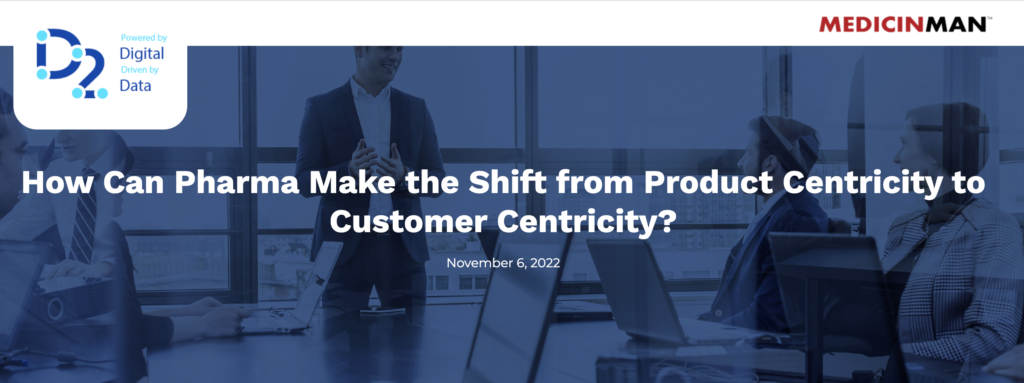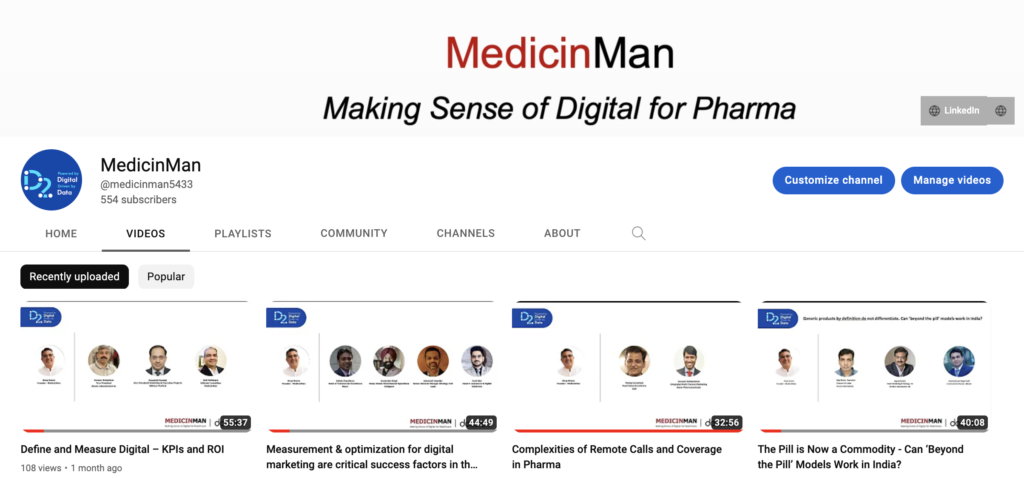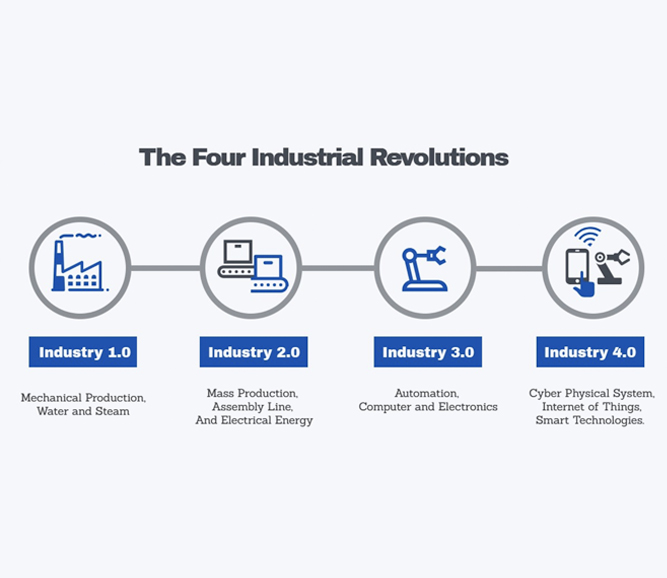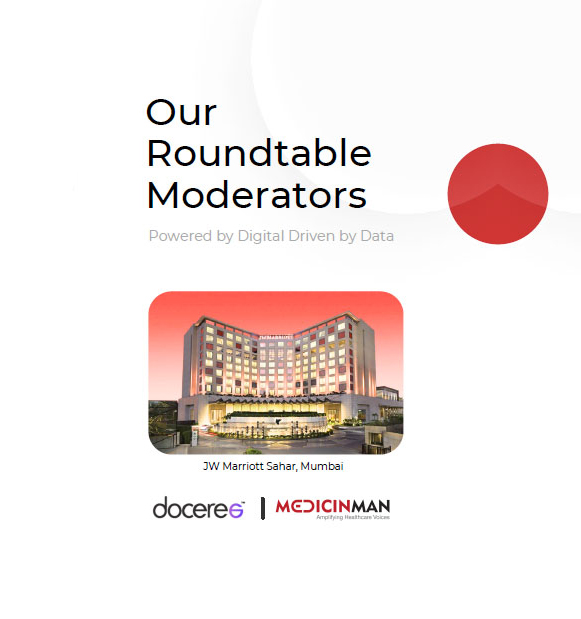They say Data is the new oil & digital transformation is the fourth industrial revolution.
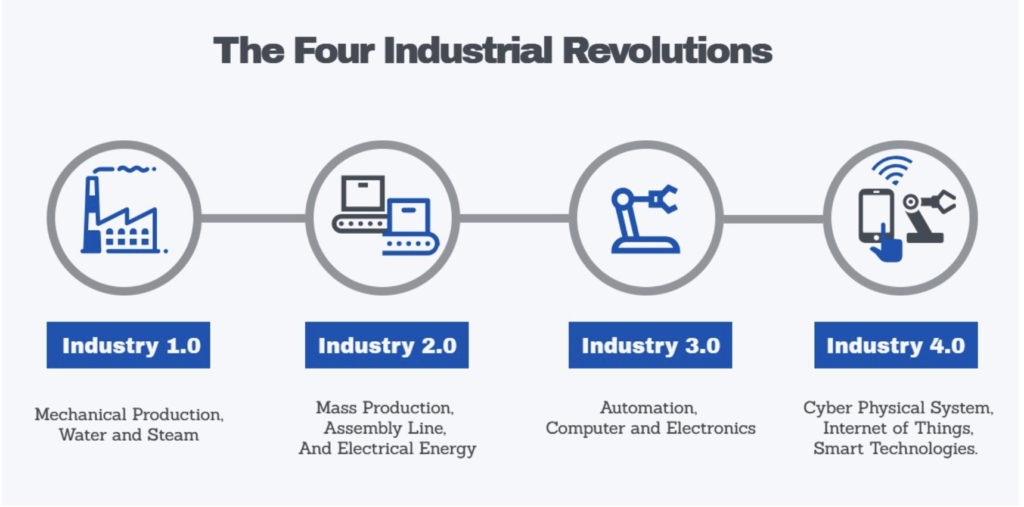
Big data, Artificial Intelligence (AI), Machine Learning (ML), and Blockchain technology are a few of the terms we hear or read about quite often these days. These new technologies are disrupting and creating new industry orders every day. So, what’s driving these exponential technological advancements?
There are three fundamental building blocks driving the digital age. Processing power, communication bandwidth & storage capacity. These capabilities are improving exponentially, almost doubling every single year. You might remember the large blocks, almost the size of a CPU to store 500 MB in the early 2000s. Now an external terabyte storage device is just a centimeter thick.

These changes are creating newer possibilities & applications that deliver real value to consumers. Smart & agile companies come up with solutions that disrupt the incumbent business architecture. Uber, Grab, Cryptos, Netflix, and Spotify are a few examples that fundamentally changed the nature and delivery of services within a short period of time. Traditional sources of competitive advantages are disappearing fast. No Industry is immune to this juggernaut called the digital revolution.
The pharmaceutical & medical devices Industry is fast adapting to these changes at various levels of the value chain. Billions of dollars are being spent on digital transformation projects ranging from the usage of AI & ML in product development, production, and predictive maintenance, Blockchain in the supply chain, and data management & analytics in strategic decision-making. This article focuses on Omnichannel marketing, one of the key digital transformations that the industry is learning and implementing at a rapid pace.
Omnichannel Marketing: Promise and Possibilities
An industry that historically focused all its brand-building and market-shaping efforts through F2F meetings & medical education programs has started making giant strides in multi-channel strategy now. A digital journey that started with an e-detailing platform has progressed fast by adding brand websites, Approved E-Mails, social media, webinars, and other media effectively creating a multi-channel strategy. The only hindside to this is, all these channels work independently, expecting HCPs to find and sort out information themselves.
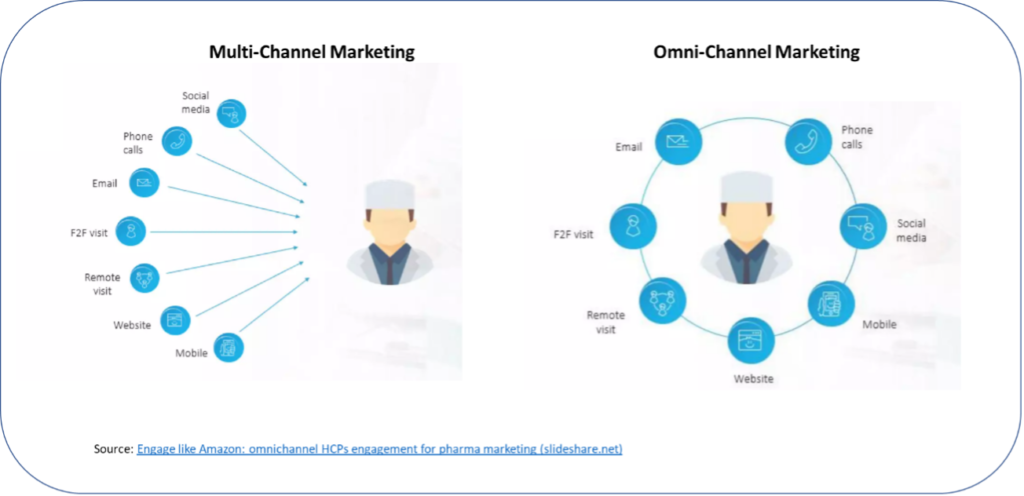
Omni channel on the other hand creates a unique ecosystem, where all these channels are interconnected and work together seamlessly to provide a rich customer experience. At every touch point, companies can customize and enhance the relevancy of the content for individual HCPs. Omnichannel enables companies to provide the right content, to the right person and in the right order enhancing marketing effectiveness.
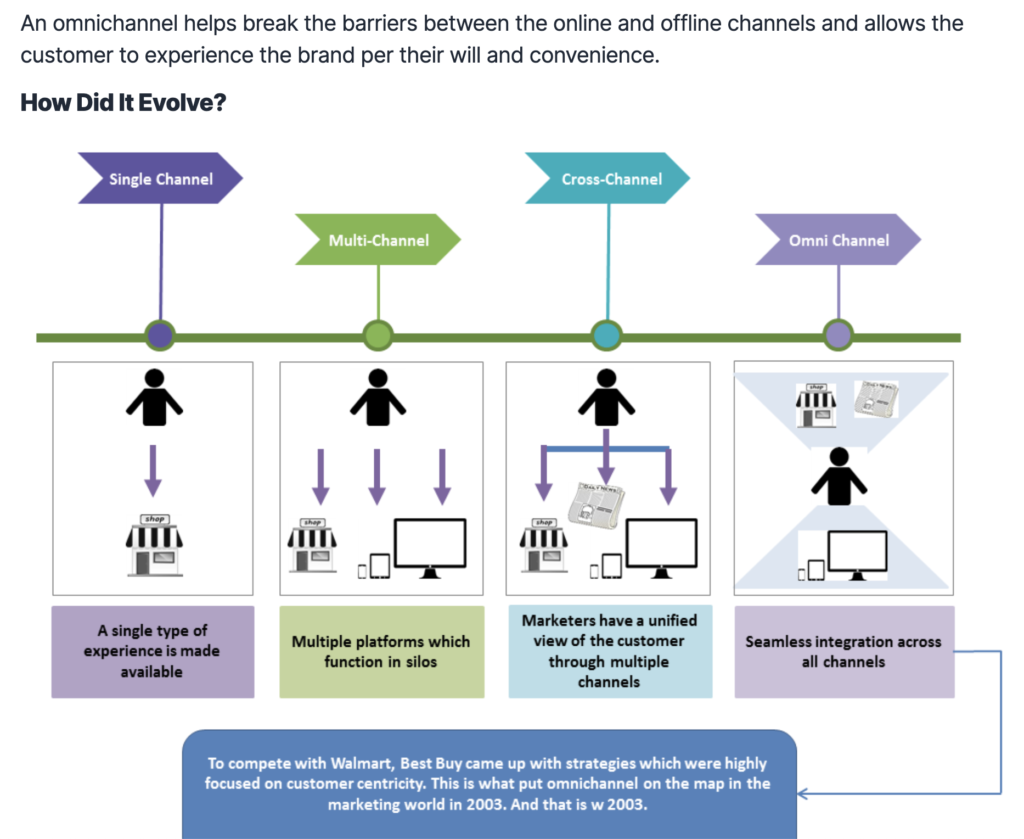
Omnichannel Marketing: Key Roadblocks
With all the potential benefits and learnings from other industries, the Pharma industry has stepped up the investment and expectations from omnichannel marketing in recent times. Moreso during the pandemic. Quantitative KPIs such as ‘sent & open rates of approved emails, number of remote engagement calls, and number of logins for webinars are rolled out and tracked. But all is not rosy. There are teething issues turning out to be potential roadblocks in this journey at the affiliate level. Here are a few
Marketers: They must rethink their campaign strategy 360. Develop, and roll out materials in multiple templates (3 to 4 times more than what it was earlier), all within the same time frame, securing all necessary internal approvals. Honestly, most marketers do not see this as their priority to integrate and manage all the channels.
Promo MAT Approvers: Increased workload in approving a substantially large number of promo materials within a short period of time.
Field Force: They got additional KPIs to meet. Must go the extra mile to get consent from HCPs in the first place and follow through with them to ensure they participate. Any challenges in this create friction between the sales & marketing teams based on the quality/relevance of the content
HCPs: They must oblige to requests from the industry to read the emails, and participate in the webinars and remote calls. As more and more companies are jumping into the bandwagon, this affects HCPs workflow and time management resulting in lower engagement levels.
So, a project that promised to deliver customer delight and operational excellence most often falls short of delivering any tangible value to the stakeholders. Multiple stakeholders are stuck within a perpetual search trap of their own, with Ownership and accountability not clearly defined.
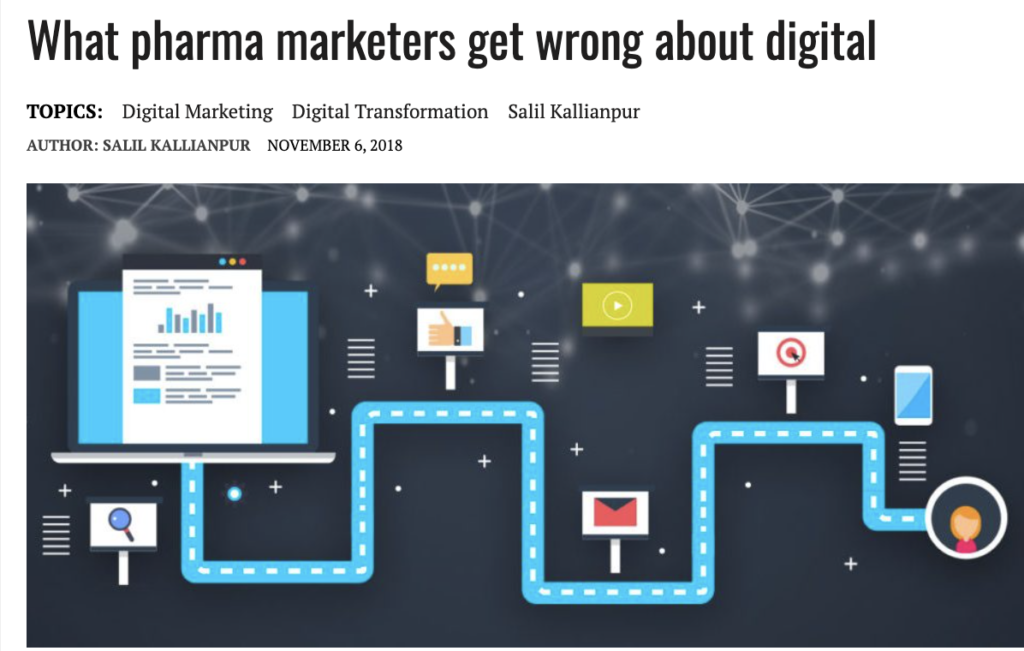
Omnichannel Marketing: Where do we start, and what can be done better?
Few things for organizations to consider right from the beginning.
- Clearly define the expected outcomes. Digitization must fulfill a business purpose. Not just because it’s fashionable or due to Fear of missing out (FOMO)
- Ensure that the technology is robust enough to support the requirements.
The following case is to illustrate the importance of the above-made statements
- A Sales Rep visits an HCP with the objective of delivering a core brand message and bringing about a belief shift. He/she learns from the HCP that he/she got just 5 mins. The sales Rep opens his digital aid and informs the time limit to the BOT. The smart system generates the content for a short 5 mins call. During these 5 mins, a BOT guides the Rep in ensuring all key messages are delivered and all relevant questions are asked. HCP was interested to know a bit more about a specific paper. Rep orders the BOT to generate a customized report for the HCP instantly.
Rep informs the HCP that the report is available as a read/listen-to option which is now sent to the official E-mail and HCP’s mobile no. BOT prompts the Rep who in turn informs the HCP that a comprehensive lecture video is available on that topic, and she can register the HCP for an on-demand version. HCP is satisfied, all that he wanted was made available instantly.
All these transactions are saved in the system. An MSL visits that HCP the following week. The smart system highlights the key exchanges that happened with Sales Rep earlier and prompts a customized slide deck on that topic. MSL discusses the contents of the slide deck and promptly sends that to the HCP. MSL informs the already delighted HCP that he/she can register the HCP to the brand portal that will provide much more comprehensive & robust materials based on the HCP’s requirement.
Here the system is built to deliver an integrated experience for HCPs with the Commercial team and MSLs at the center of service delivery. The system makes the front-line team smart and equips them with the power of digitization, making them superheroes. No prizes for guessing, who the torchbearer of omnichannel marketing in this organization will be.
Few things to consider regarding the design and capability of the technology at the global level. Modular content creation, centralized approval mechanisms for core content to minimize time wastage, a robust technology that minimizes manual efforts and that focuses on enabling the front-line force to deliver superior customer service. Look at Omnichannel as an end-to-end approach & see how value is delivered to the end customer. Here is an illustration of the ICL model.
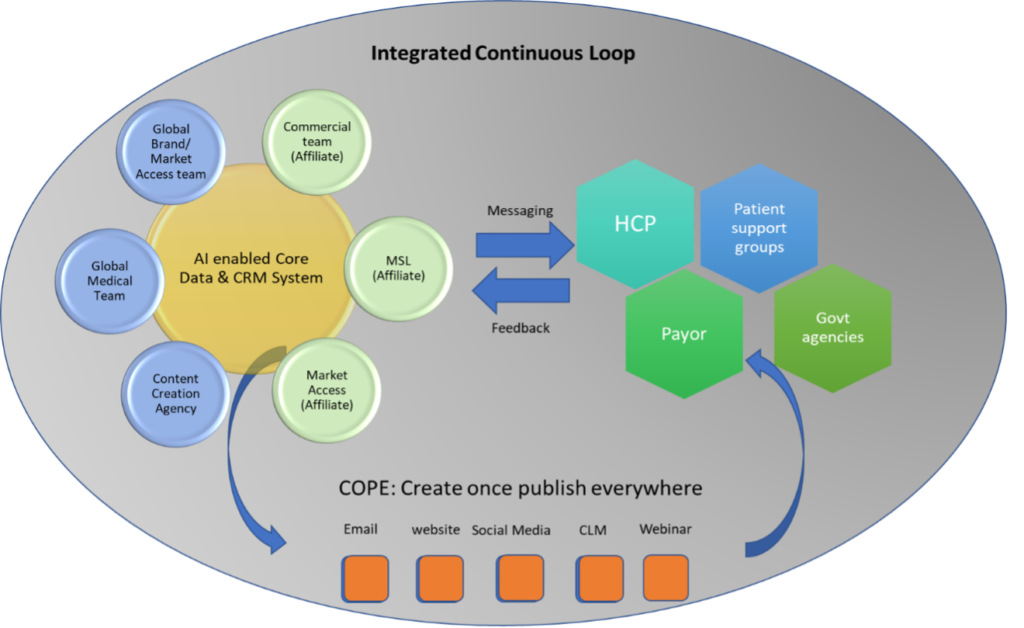
References:
- Digital Transformation Strategy Consulting | BCG
- Use of Omnichannels for pharma marketing (indiatimes.com)
Disclaimer:
The statements, views, or opinions expressed in my LinkedIn profile and related articles represent my own views and not those of my employer.
Invitation for feedback & Comments:
Please feel to comment or provide your feedback by commenting or writing to: muruganpillais11@gmail.com
———————————————————————————————
For more on Digital in Pharma
